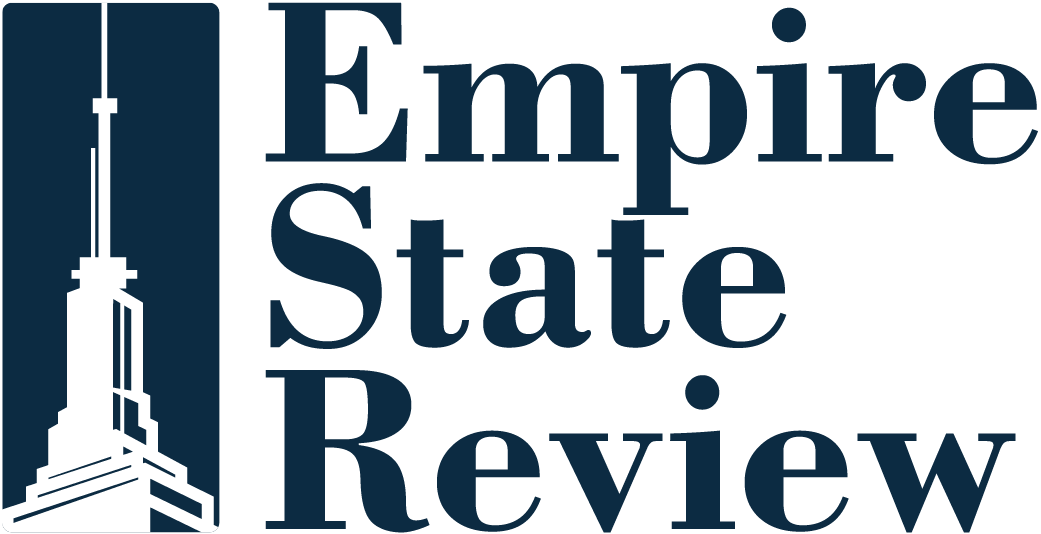New Yorkers Positioned for a Spectacular Northern Lights Display This Week
NEW YORK – A captivating opportunity may arise for residents of New York City as they could see the Northern Lights late Tuesday into early Wednesday morning. This rare occurrence is the result of a formidable geomagnetic storm that has been sparked by a series of significant solar eruptions.
Understanding the Geomagnetic Storm
This geomagnetic storm is predicted to drive the auroras further south than typically observed, allowing the aurora borealis to possibly be witnessed across parts of the Northeast, including New York City. However, whether or not this celestial display can be seen will greatly depend on cloud cover conditions.
What is a Geomagnetic Storm?
The phenomenon of the Northern Lights occurs as a result of geomagnetic storms—events wherein waves of charged particles emitted from the Sun disturb the Earth’s magnetic field. According to the NOAA Space Weather Prediction Center, a Geomagnetic Storm Warning has been issued for a strong G3 level event, which rates significant on the geomagnetic storm scale that ranges from G1 to G5.
Visibility Conditions for the Northern Lights
For observers hoping to capture the Northern Lights during late Tuesday and early Wednesday, attention to the forecast is crucial. Unfortunately, heavy cloud coverage is expected across much of the Northeast, particularly in New York City, which may impede clear visibility of this natural event.
In the event of any breaks in cloud cover, residents could glimpse faint auroras along the northern horizon, especially if they are situated in areas that are less affected by light pollution.
Optimal Locations for Viewing
Most favorable conditions for observing the Northern Lights will be found in locations away from urban lights, allowing for a clearer line of sight to the northern horizon. Observers are advised to use cameras with longer exposure settings for the best results; even vibrant displays can be seen to the naked eye.
For those living in less cloudy regions, cities like Frankfort, Kentucky, and Chicago are likely to experience clearer skies during this geomagnetic event.
According to meteorologist Christopher Tate from the FOX Forecast Center, the most intense visual displays of the Northern Lights are anticipated over the Rockies and the western United States just prior to sunrise.
Potential Impacts of the Geomagnetic Storm
Apart from the breathtaking visual spectacle expected from the Northern Lights, the G3 geomagnetic storm may also lead to disruptions in radio frequencies and satellite navigation systems. The storm intensity is expected to level off to a G1 rating by Thursday and below G1 by Friday.
Conclusion
While the predicted geomagnetic storm offers an exciting possibility for New Yorkers, the ultimate experience hinges on the weather conditions during the viewing period. Keeping abreast of local forecasts will be essential for those hoping to witness this rare natural phenomenon.

